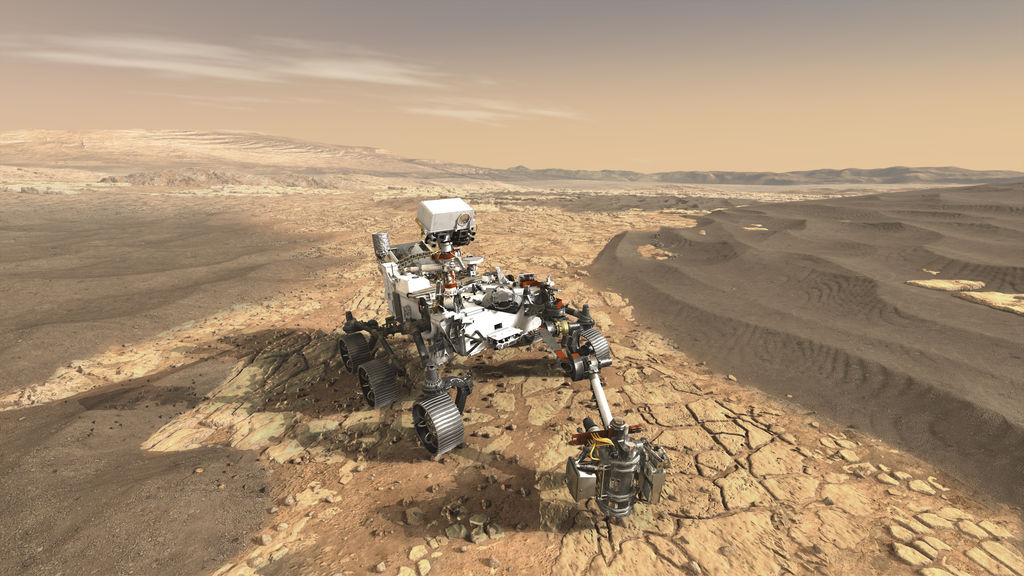Even an earthquake and equipment temperature issue couldn’t stop NASA’s Perseverance Rover from a successful launch. The United Launch Alliance Atlas V Rocket, that was carrying the Rover, blasted off successfully from the Air Force Station in Florida on July 30. This launch comes just days after UAE and China sent off their missions to the red planet.
China’s probe, Tianwen-1, meaning Question to Heaven was launched on July 23 just four days after UAE’s mission, Al Amal, meaning Hope was launched. This Mars rush can be attributed to the unique planetary alignment which happens once every two years bringing the two planets to their closest distance. This reduces the time of interplanetary travel bringing it to about six months.
Specs and Mission Objectives:
The Rover which weighs around a thousand kilograms is built on technology developed for the Curiosity rover which successfully landed on Mars in 2012. The rover will touch down seven months later on February 18, 2021, in a crater which is believed to be an ancient river delta. It has four primary objectives.
- Finding signs of ancient life on the red planet
- Collecting soil samples for a possible future return to Earth
- Identifying past environments which could have supported microbial life
- Assessing Oxygen production in the Martian atmosphere
Unique Features:
There are two unique features of the mission which are being used on a space probe for the first time. Firstly, it is carrying a mini helicopter, Ingenuity, which would be the first helicopter to fly outside of earth. It will be released on a flat obstruction-free area two months after the rover’s landing. The mini helicopter will fly at an altitude of about 15 feet and collect data from places where the Rover can’t go.
Besides Ingenuity, the second unique feature of the mission is drilling and caching. For the first time, a rover can drill a core about 10 cm deep and 1 cm in diameter and extract it from the hole. The drilled cores will probably be collected in 2027 and reach back to earth in 2032.
We hope that the Rover will stand up to its name and help unravel past mysteries about the Martian world.

